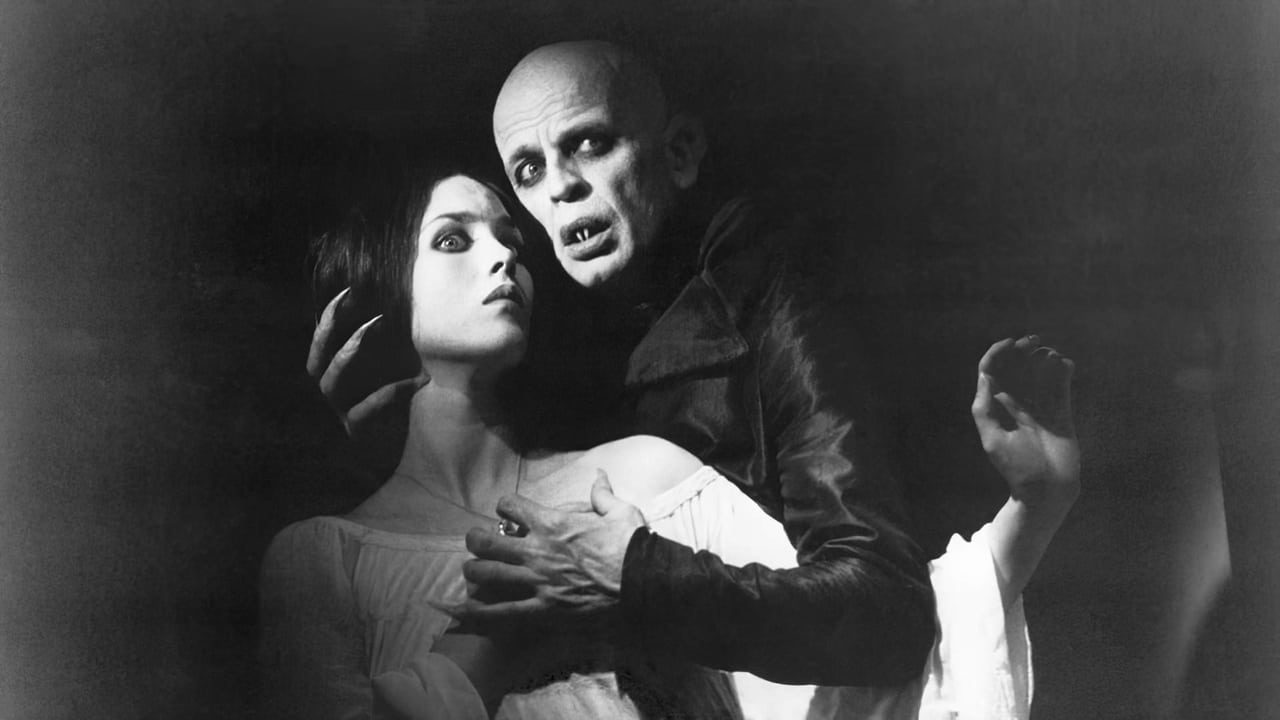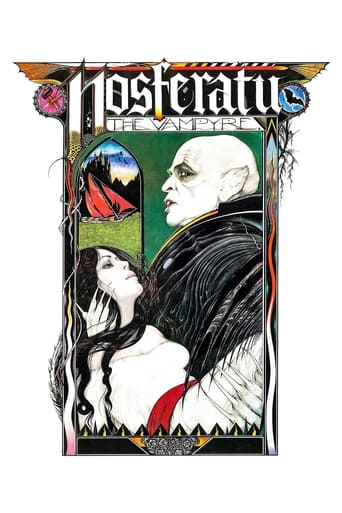

Your blood may run cold, but you now find yourself pinioned to the story.
... View MoreWhile it doesn't offer any answers, it both thrills and makes you think.
... View MoreThis movie feels like it was made purely to piss off people who want good shows
... View MoreThe film never slows down or bores, plunging from one harrowing sequence to the next.
... View MoreOne of the most boring movies ever. I fell asleep at least 6 times. Oh and that guy's laugh is SOOOO annoying
... View MoreI'm not a film buff or anything like that, so I feel completely unqualified to talk about this beautiful movie at length. I'm sure there are a lot of interesting details relating to its production, actors and shooting locations - things infinitely more compelling than who is sleeping with who in Hollywood, which is what people seem to be more interested in.The scenes in the countryside and the mountains seem so real that they might be a documentary - not actors, but Werner Herzog knocking on the door of a building he thought was beautiful in a remote village somewhere in Romania or Bulgaria and filming the lives of the people who happened to open the door.The scenes in Dracula's - uhh... I mean Orlock's - no wait this is the movie where they actually call him Dracula - Dracula's castle are eerie as anything I've ever seen. Imagine being trapped in the middle of nowhere in that stone ruin, at the mercy of that *thing* that dwells there...Which brings me to Klaus Kinski. What an actor! I've seen him play Jack the Ripper and Aguirre besides Dracula, and he is always menacing, always a real presence, but in this movie he is hideous, inhuman, an albino bat that truly threatens your life. The scene where he approaches Jonathan after he accidentally cut himself gives me chills - Dracula's inhibition, Jonathan's terror, the shadows...The movie is spectacularly beautiful. The sea is a presence, as are the mountains, and the beautiful European city of Delft where the movie was shot - though it is said to take place in Wismar - but most of all the darkness and the shadows. The vampire sits in the shadows, unmoving, for a long time, until the shadows move and reveal his pale face, a face out of nightmares.
... View MoreThis a remake of Dracula. And it very disappointing movie. 1922 version of Nosferatu is very scary movie. It is one of the scariest movie ever made. And this is not scary at all. Nosferatu 1922 is a remake. Because there was a movie based on Dracula in 1921 called Dracula. I have never seen this movie. I am told it is lost. Nosferatu (1922) is such a good movie I don't know if the original Dracula could be better. I can believe that is it is better then crap. It is badly written and has an awful ending. You have to be under 7 to really get scared of this movie. Which it disappointing considering that the 1922 version is one of the scariest movies ever made. Do not see this movie. See the 1922 version. This movie is a wast of time and money.
... View More"Nosferatu: Phantom der Nacht" is a movie over 35 years old written and directed by German filmmaking legend Werner Herzog. This is his proof that he can also succeed with remake as this is obviously very heavily based on Murnau's silent film classic from 1922. You could basically split Herzog's movie into three parts. The first third belongs to Bruno Ganz, the second to Klaus Kinski and the third to Isabelle Adjani. This last segment is probably also why she agreed to star in the movie as her character was a bit of a nothing role until then and she already was an Academy Award nominee at that point.This film is also the only one that had Ganz and Herzog work together. So far, I shall say. It would be amazing to see them reunite at some point. Of course, Herzog worked so many times with Kinski in his career and they brought up the best in one another, especially Herzog in Kinski. The latter got lots of awards recognition for his work here and it's easy to see why. He basically redefined the modern vampire in this movie. Man was he scary. Of course, a lot of it also had to do with the excellent makeup, but let's not look down on Kinski's mesmerizing performance here. I can't deny that Ganz looked a bit pale beside him (no pun intended!) Still I love the guy and it's nice to see him in some of his earlier roles long before his career-defining performance as Adolf Hitler. Kinski made an Italian sequel to this one, almost 10 years later. I have not seen that one, but looking at the rating and the absence of Herzog, Adjani and Ganz, I am not too eager to see it, even if I like Pleasence and Plummer.Back to this one here, it's a pretty good film. I can't say that it is among my very favorite Werner Herzog films, but all in all it is 107 minutes certainly worth a watch, especially for people with an interest in older German movies or films about vampires. There actually have been tons of them in the past already, featured so frequently in film, and this is easily among the better efforts about this subject.
... View More